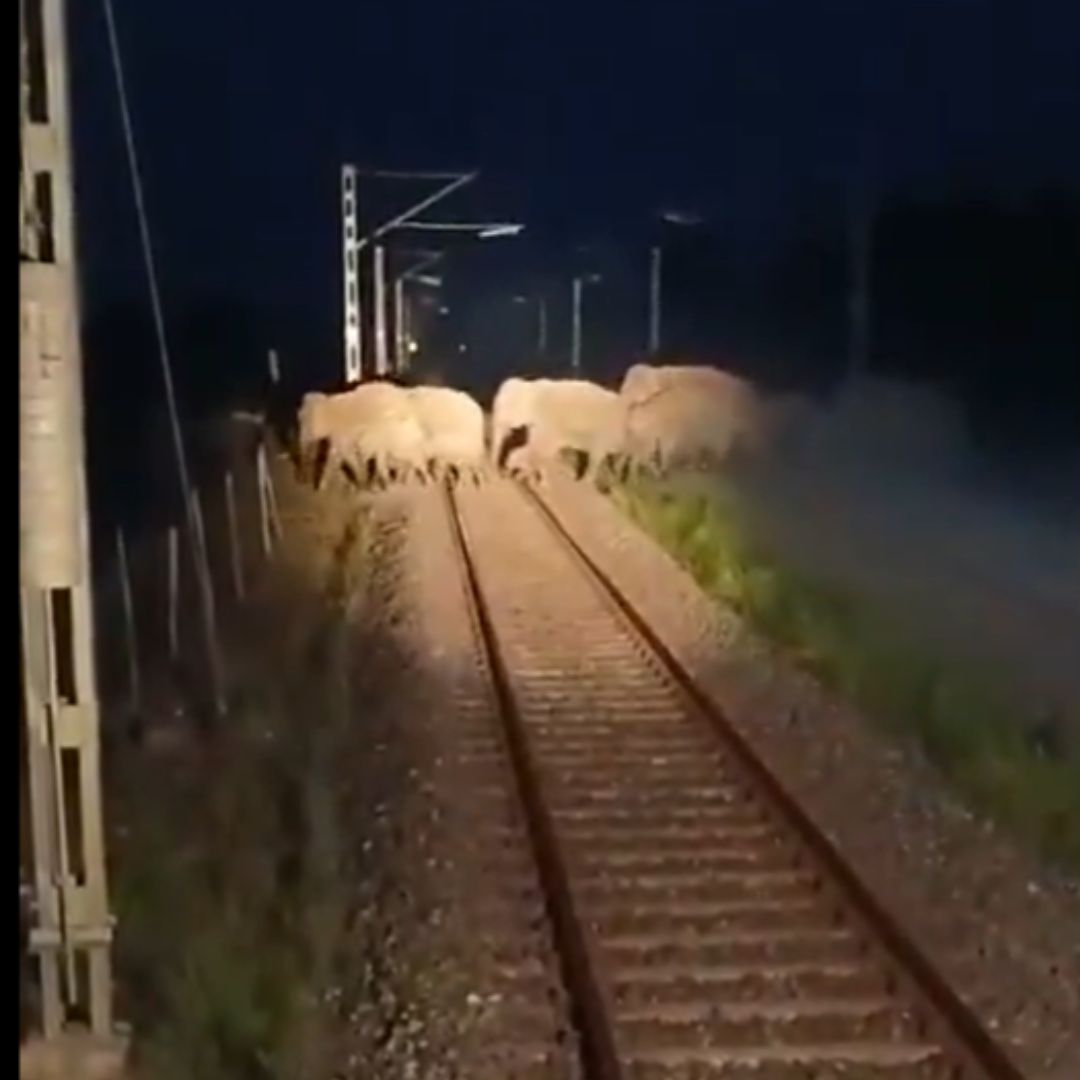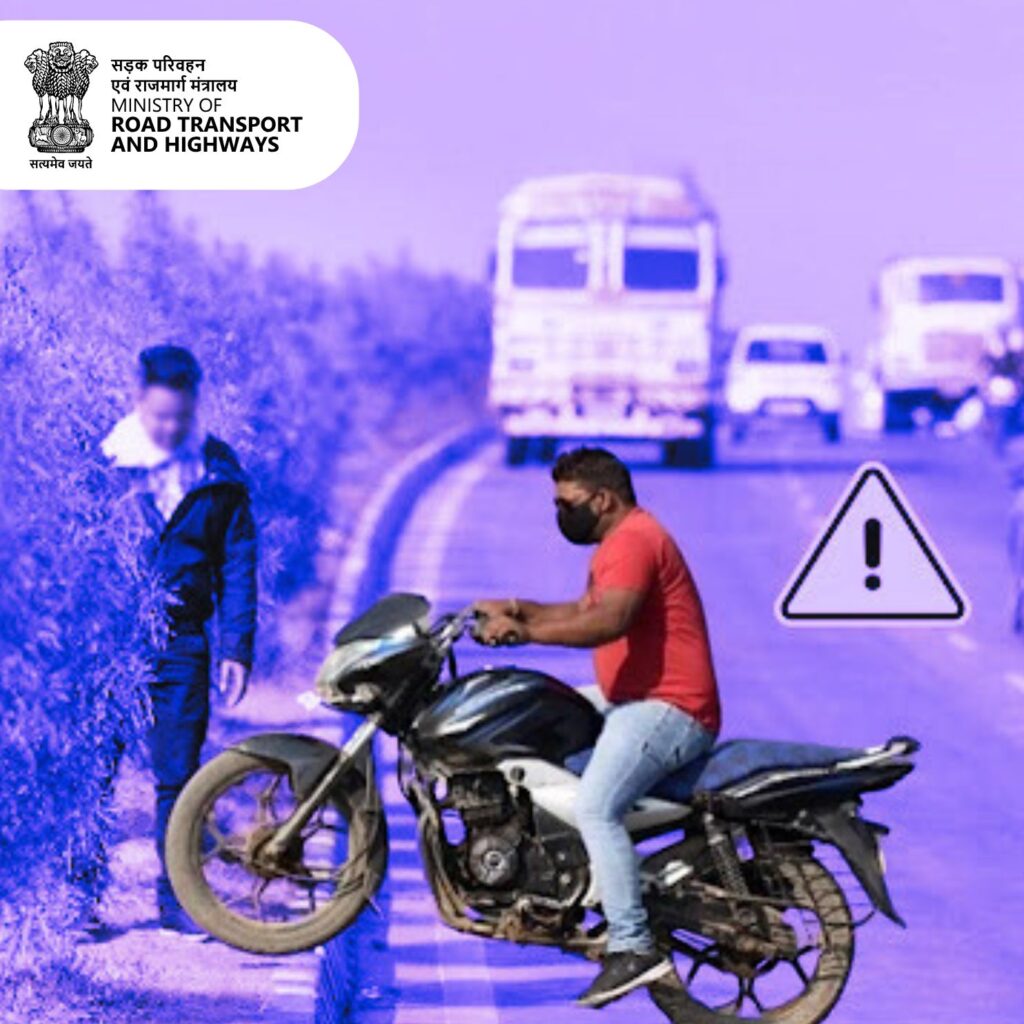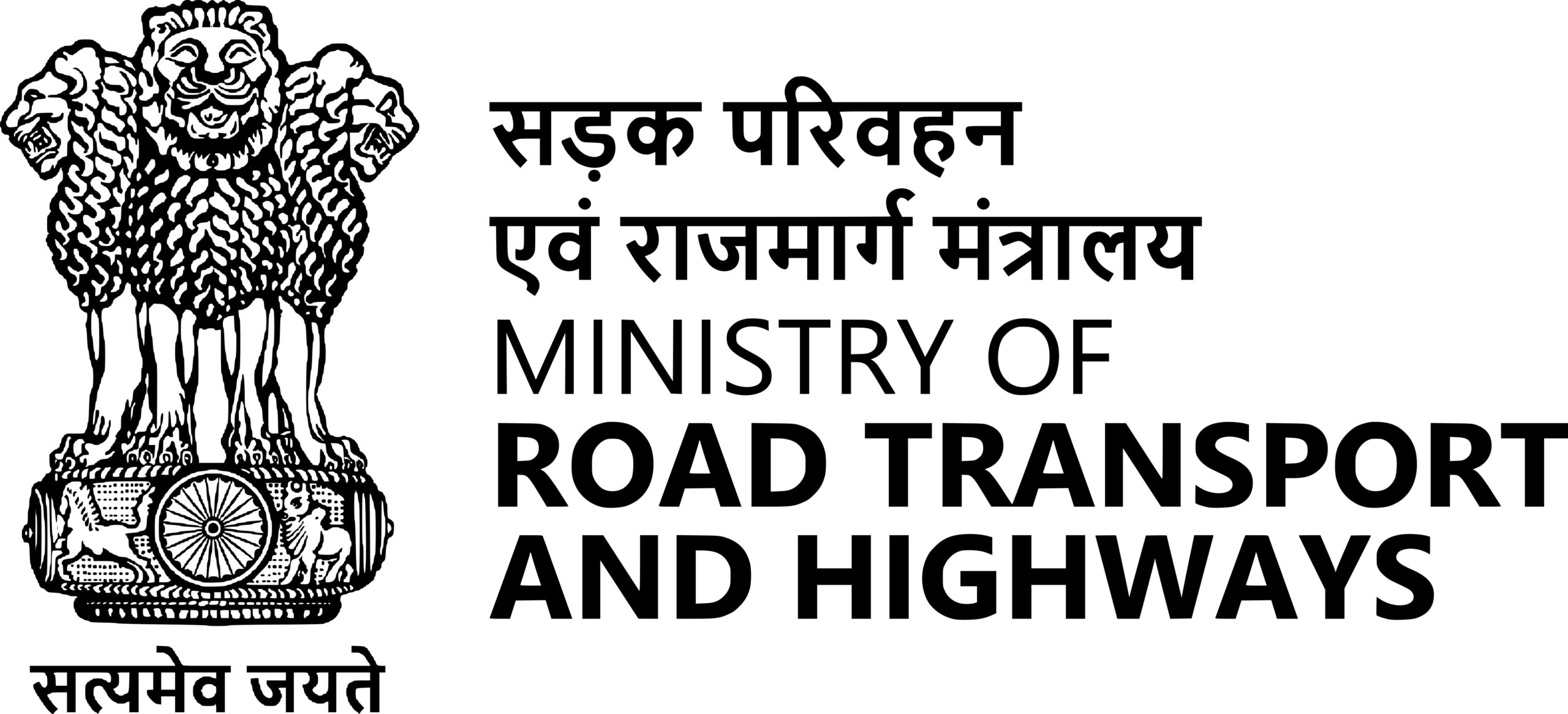In a remarkable act of heroism, loco pilots in Assam successfully saved nearly 60 elephants from being crushed by a train at around 8:30 PM on October 16, 2024, earning widespread praise from both the public and government officials. The incident occurred when the pilots spotted the elephants on the tracks and promptly applied emergency brakes, preventing a potential disaster. This initiative highlights the critical role of loco pilots in ensuring wildlife safety and has sparked positive responses, with many commending their quick thinking and dedication to both human and animal life.
Heroic Actions in Assam
The incident unfolded in Assam when loco pilots noticed a herd of nearly 60 elephants on the railway tracks. Acting swiftly, they applied the emergency brakes, bringing the train to a halt just in time to avert tragedy. This courageous action not only saved the elephants but also showcased the importance of vigilance among railway staff. As one local resident remarked, “Their quick response not only saved lives but also demonstrated their commitment to preserving our wildlife.” Government officials echoed this sentiment, with a railway spokesperson stating, “We commend our loco pilots for their exemplary service and dedication to safety.”
Background on Wildlife Safety Initiatives
This incident is part of broader efforts to improve wildlife safety along railway lines in India. With increasing incidents of human-wildlife conflict, particularly in regions like Assam where elephant populations are significant, Indian Railways has been implementing measures to enhance awareness and safety protocols. The introduction of wildlife warning signs and regular monitoring of tracks are steps taken to mitigate such risks. “These proactive measures are essential for coexistence between railways and wildlife,” said an environmentalist advocating for better safety practices.
Questions and Answers
- What technology was used to prevent the collision?
- An AI-based Intrusion Detection System (IDS) was employed, utilizing fiber-optic sensors to detect animal movements near railway tracks.
- How effective has this technology been?
- The IDS has successfully prevented numerous elephant-train collisions, saving hundreds of elephants in recent years.
- What are the future plans for this technology?
- There are plans to expand the IDS to cover all elephant corridors within the railway’s jurisdiction, enhancing wildlife protection across a broader area.
- What other measures is the railway taking to protect wildlife?
- In addition to the IDS, efforts include clearing vegetation near tracks for better visibility and collaborating with local wildlife authorities to monitor animal movements actively.
- Why is this initiative significant?
- This initiative represents a successful integration of technology and conservation efforts aimed at reducing human-wildlife conflicts, thereby protecting both elephants and train operations in the region.
Moving into a new era of man-animal coexistence 🚆🐘
— Himanta Biswa Sarma (@himantabiswa) October 19, 2024
The extensive usage of tech by @RailMinIndia is transforming railway operations. Recently, 60 elephants safely crossed a rail line in Lumding section when Loco Pilots of Kamrup Express were alerted by Intrusion Detection… pic.twitter.com/AabSEqn2yj
The Logical Indian’s Perspective
The actions of these loco pilots exemplify the spirit of empathy and responsibility that we strive to promote at The Logical Indian. Their commitment not only to human safety but also to preserving wildlife reflects a harmonious approach towards coexistence. This incident serves as a powerful reminder of the need for continued dialogue and collaboration between human activities and nature conservation efforts. How can we further support initiatives that protect both our wildlife and ensure safe travel for all? We invite our readers to share their thoughts and suggestions on this pressing issue.












